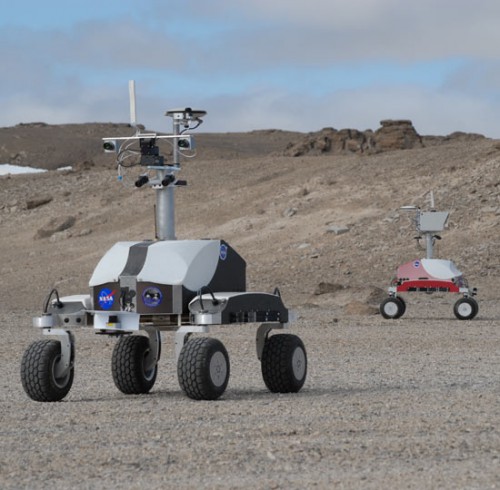
WASHINGTON — NASA Tuesday issued a Request for Information (RFI) that will help agency officials better understand current plans in the U.S. commercial space industry for a robotic lunar landing capability. The RFI will assist NASA in assessing U.S. industry’s interest in partnerships to develop a robotic lander that could enable commercial and agency missions.
The RFI is available at: http://go.nasa.gov/17Pk12S
“U.S. industry is flourishing with innovative ideas based on NASA’s pioneering work to explore space, including low-Earth orbit and the Moon,” said William Gerstenmaier, NASA’s associate administrator for human exploration and operations in Washington. “As NASA aims to expand human presence in the Solar System through missions to an asteroid and Mars, hundreds of new technologies and experiments aboard the International Space Station are giving humans the tools we need to explore the unknown. New
robotic commercial capabilities on the Moon could extend that research in important ways, just as NASA expertise could help advance commercial endeavors to reach the Moon.”
NASA does not envision an exchange of funds between the agency and any industry partners. Potential NASA contributions to a partnership could include the technical expertise of NASA staff on integrated teams, providing NASA center test facilities at no cost, or contributing hardware or software for commercial lander development and testing.
A commercial lunar lander jointly developed with NASA would capitalize on NASA’s previous investments and expertise in lander technologies. It also would stimulate a commercial capability to deliver payloads to the lunar surface reliably and cost-effectively. Such a capability could enable new services of interest to NASA. These include transportation to support technology demonstrations and science objectives, such as sample returns, resource prospecting at the lunar poles, and geophysical network deployment. These services would require the ability to land small- and medium-class payloads, ranging from 62 to 992 lbs (30 to 450 kg), at various lunar sites.
A potential partnership could support launch of a lander as early as 2018. Responses to the RFI will assess the feasibility of a commercial lunar transportation capability in the near-future. This would precede any decision for a future solicitation. The RFI is for planning purposes only and does not constitute a commitment by the government to contract for services.
For more information about NASA exploration and future missions, visit: http://www.nasa.gov/exploration
Want to keep up-to-date with all things space? Be sure to “Like” AmericaSpace on Facebook and follow us on Twitter: @AmericaSpace




What of Project Morpheus and ALHAT? Wasn’t NASA making progress in the development of an advanced lunar lander? Isn’t this asking for a duplication of effort which might be questionable in a time of severe budgetary constraints? Also, the photos of the “lunar rovers” seem to be of a form of the ATHLETE lunar vehicle developed by NASA at the JPL, is there any connection?